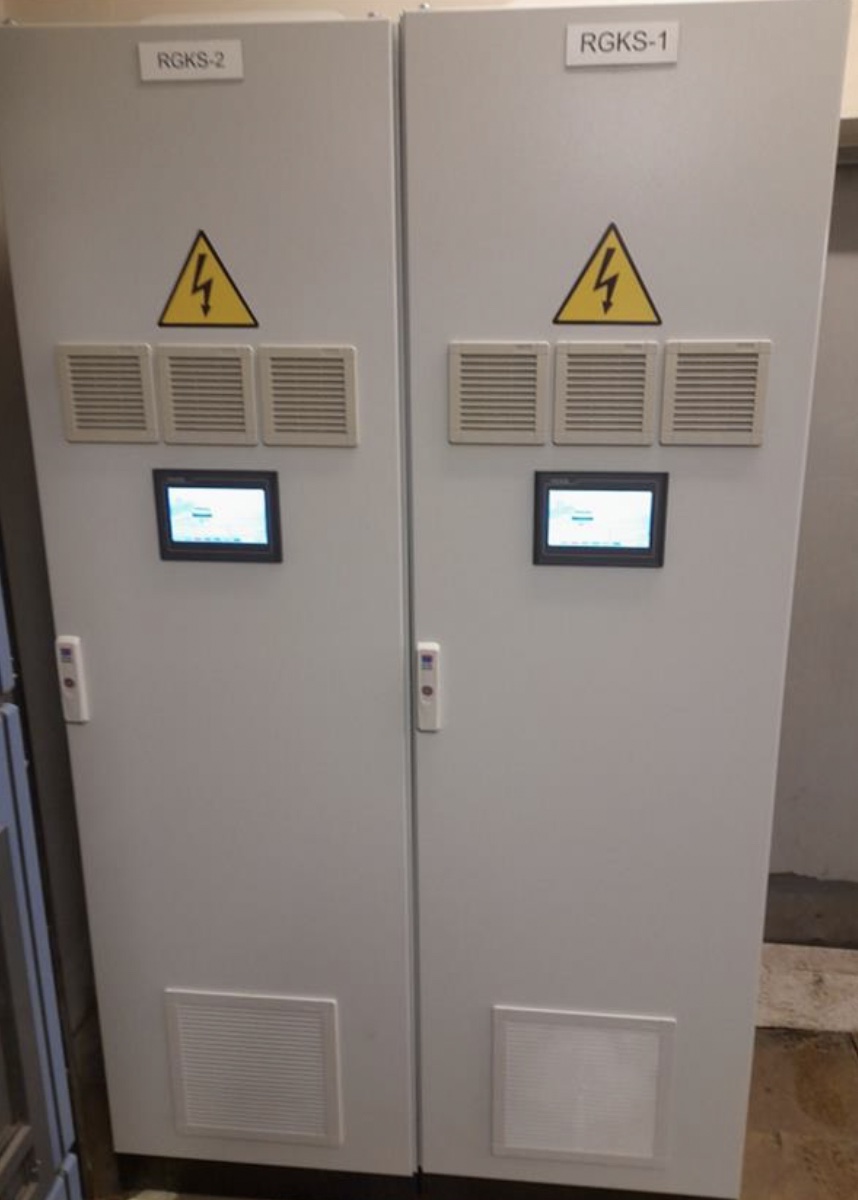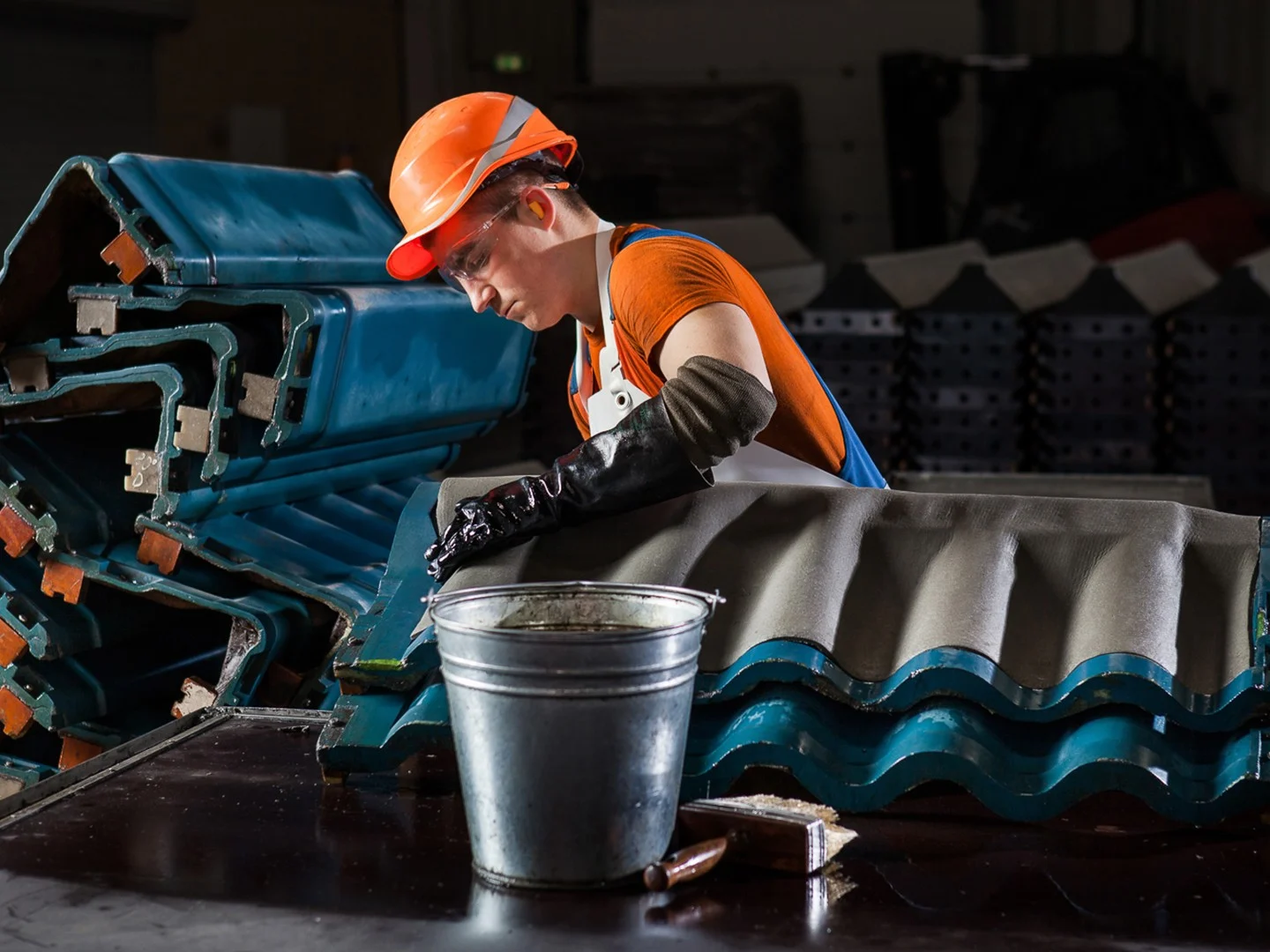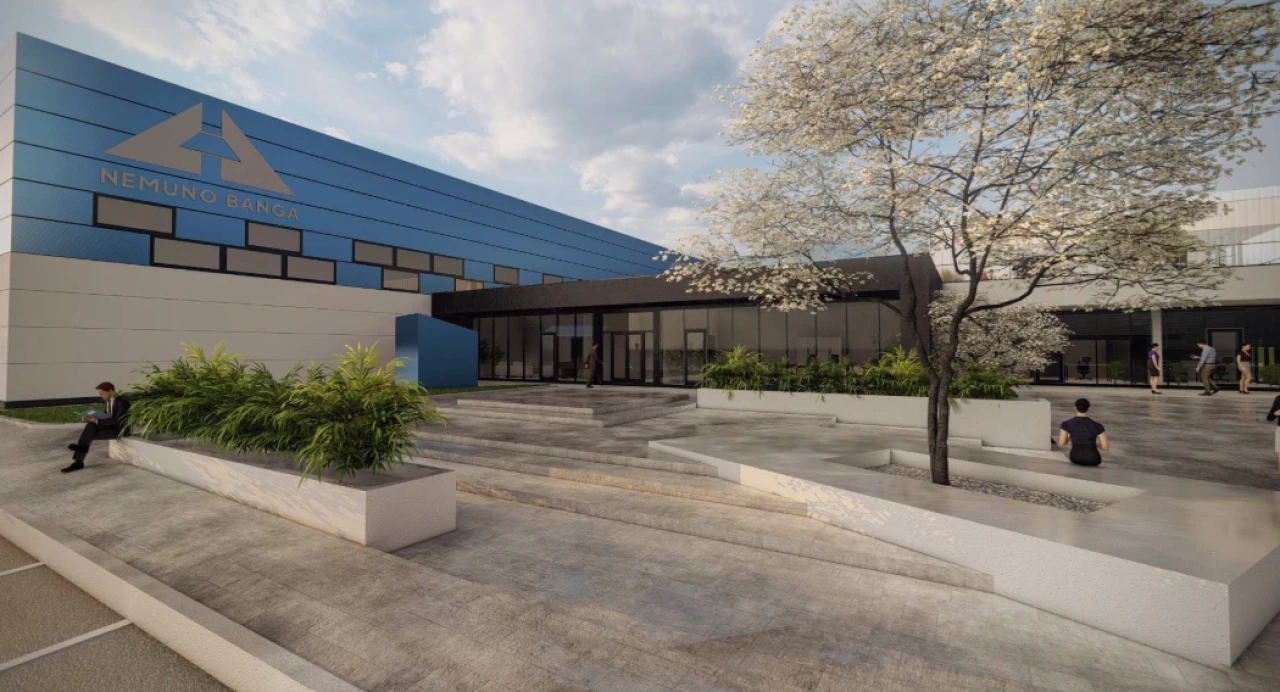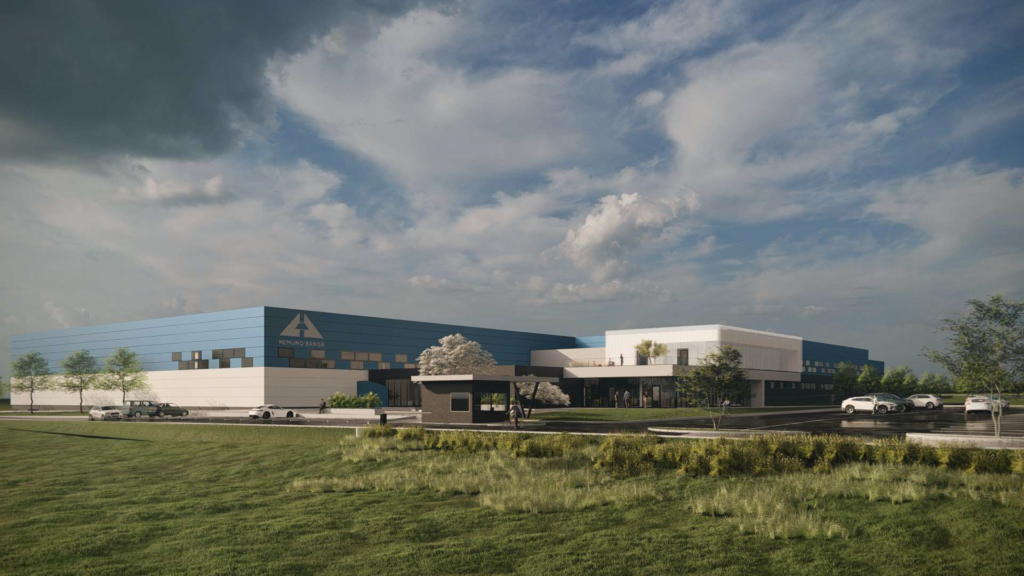Before the modernization of reactive power compensation, the facility operated two outdated automatic compensation systems, which only partially covered the reactive power demand. Detailed measurements showed that the reactive power demand was highly dynamic (i.e., no stabilization, very frequent transient spikes, and sudden changes in demand). It was determined that the reactive power was inductive in nature, fluctuating between 80 and 170 kVAr.
Problem
The existing equipment was outdated, inefficient, and no longer met the required performance expectations. This was directly reflected in the electricity bills.
Solution
Considering the situation, it was decided to implement an advanced hybrid reactive power compensation system, better suited for dynamic reactive power control. The system maintains the power factor consistently close to unity, regardless of load fluctuations. Two 200 kVAr hybrid compensation systems were installed, each consisting of an automatic 2×50 kVAr stage and one 100 kVAr Static Var Generator (SVG). Each system was adapted to separate feeders. These solutions ensured fast and accurate reactive power compensation and significantly reduced reactive power costs.











